It’s very difficult to make lightning strike twice when it comes to releasing a follow-up to a good movie. While sequels typically help flesh out the story established in the original by introducing new characters, settings, and plots, the initial thrill that comes from the novelty of seeing something new generally fades away as the franchise ages. There are so many examples of diminishing returns when it comes to sequels, it gets taken for granted that it is actually possible for a sequel to improve upon the original. You have to do some digging to find examples, but the following sequels arguably improve upon the original films, proving that sometimes it takes a few trips to the plate to score a home run (our apologies for the baseball comparisons).
10. From Russia With Love (1963)
The James Bond film franchise works a bit differently than most when it comes to sequels, as each new installment is typically a standalone picture that doesn’t make very many direct references to the films that preceded it (although there are exceptions, such as Quantum of Solace being a direct sequel to Casino Royale). The early Bond films were more connected, as From Russia With Love‘s plot builds off the events of Dr. No, the first Bond film. Dr. No is notable for translating author Ian Fleming’s popular character to the screen with style and confidence, primarily because of Sean Connery, who embodies Bond from the very first frame. That being said, Dr. No is still a bit rough around the edges, mostly because it wasn’t clear at the time what a James Bond film should look or feel like. From Russia With Love is not only a more enjoyable film to watch, but it also establishes many now iconic Bond hallmarks, such as the opening title sequence, the introduction of Q, and cool spy gadgets. Not to mention, Dr. No has no scene that can rival From Russia With Love‘s train-car fight between Bond and Red Grant.
 Source: Screenshot via United Artists
Source: Screenshot via United Artists9. Iron Man 3 (2013)
Iron Man was Marvel’s first step toward superhero film dominance and is one of the best origin stories in the genre. Its sequel, Iron Man 2, was definitely a step in the wrong direction but fortunately, Iron Man 3 turned out to be better than either. While the original Iron Man very much laid the groundwork not only for Robert Downey Jr.‘s popular take on the character but also the whole Marvel Cinematic Universe itself, it’s really only 2/3 of a great movie, as the final act stumbles considerably with a boring fight against a forgettable villain. Iron Man 3 brought Shane Black in as co-writer and director and this resulted in a film that was not only funnier and more enjoyable to watch than the previous two but also told a better story that actually utilized Tony Stark’s resourcefulness and intellect and had legitimate stakes. To be fair, the film’s final act devolves into an action-heavy fireworks display that feels inferior to the first half but that’s true of most Marvel movies. At the end of the day, Iron Man 3 has the fewest shortcomings of any of the films and is one of the rare cases where the third film in a trilogy is actually the best.
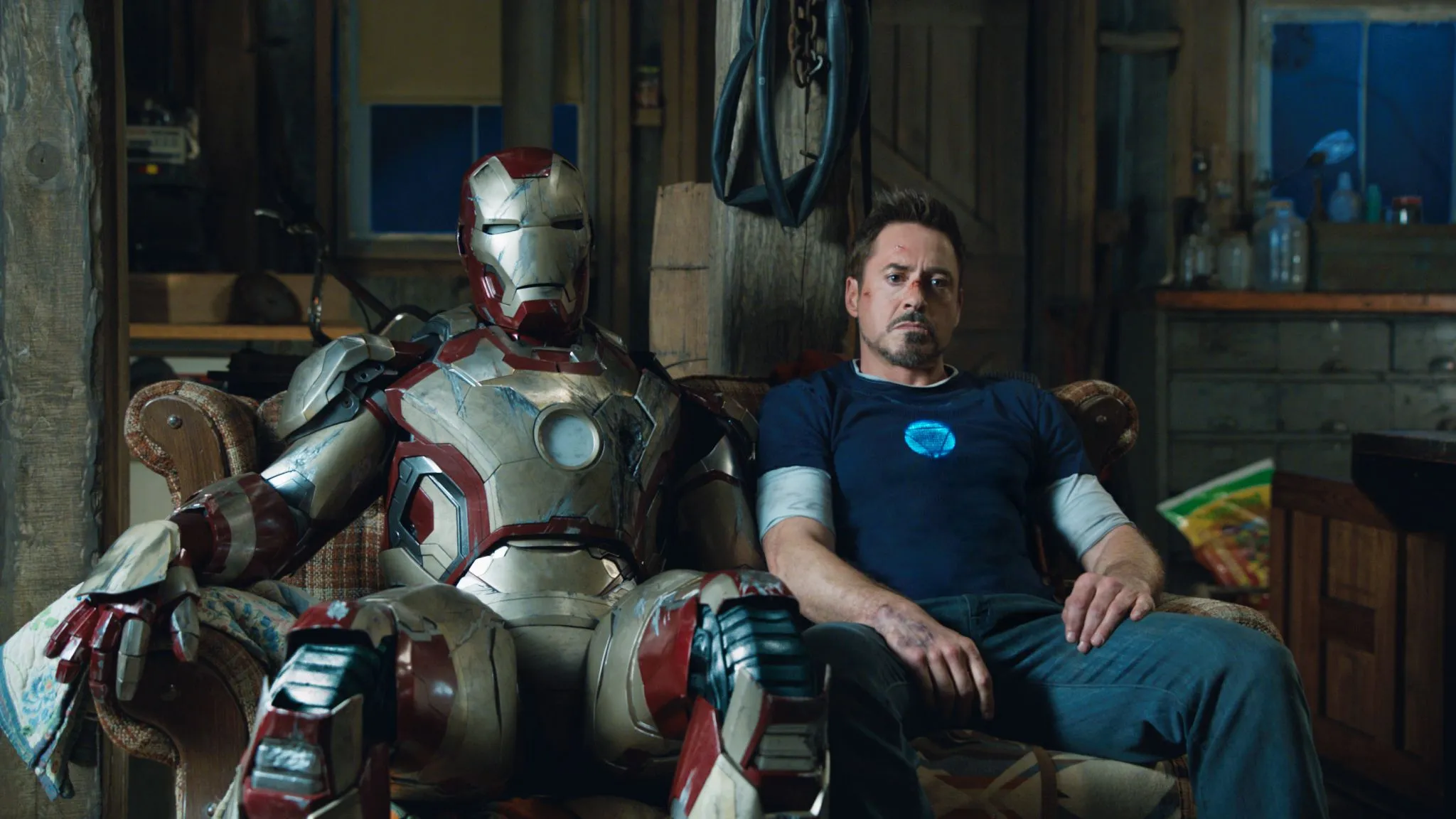 Source: Screenshot via Marvel Studios
Source: Screenshot via Marvel Studios8. Fast Five (2011)
By the time they reach their fifth entry, most franchises have already begun to peter out. You can only scrape the bottom of the barrel for so long before you start coming up empty-handed. The Fast and Furious films are an oddity among other long-running series because, after four entries with varying levels of quality, 2011’s Fast Five completely revitalized the franchise and turned a niche series about street racing into an action blockbuster that stands toe-to-toe with the best of the genre. Prior to Fast Five, the Fast and Furious films were essentially a loose collection of groan-worthy fluff that existed merely to leach off the success of 2001’s The Fast and the Furious, which was a surprisingly competent film for the time. Fast Five not only reunited pretty much every major character from the past films but somehow framed a heist movie around the simplistic “drive fast cars really fast” core of the series. Whatever your own personal views on the series’ respective merits, it’s hard to deny that Fast Five is one of the rare examples of a film that completely reinvigorated a franchise long past its sell-by date.
 Source: Screenshot via Universal Pictures
Source: Screenshot via Universal Pictures7. The Devil’s Rejects (2005)
Rob Zombie has kind of worn out his welcome as a director, especially after his disastrous Halloween reboot and its even worse sequel. Fortunately though, Mr. Zombie does have one legitimately great film to his credit and that would be 2005’s The Devil’s Rejects, a sequel to his directorial debut, House of 1000 Corpses. House of 1000 Corpses was something of a homage to 70s exploitation horror films such as The Hills Have Eyes and The Texas Chainsaw Massacre, and while it was competently-made, it did little to make itself stand out in a crowded genre. The Devil’s Rejects, on the other hand, is much more ambitious in scope and plays out like a particularly sadistic version of Bonnie and Clyde. While its disturbing subject matter limits its audience base, The Devil’s Rejects made it clear that Zombie is a talented director that can assemble some beautiful sequences when he wants to (the credits sequence set to Terry Reed’s “Seed of Memory” is particularly inspired). Whether Zombie can get back to making sophisticated films with the horror-western styling of The Devil’s Rejects is anyone’s guess, but at least he’ll always have one of the most improved sequels ever to his credit.
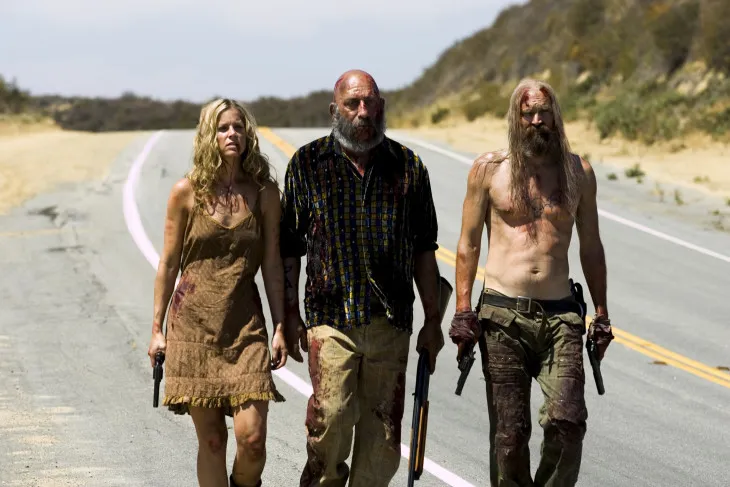 Source: Screenshot via Lionsgate
Source: Screenshot via Lionsgate6. Toy Story 2 (1999)
The first Toy Story is a classic for a reason, as it proved that computer animation was not only a viable filmmaking technology but a revolutionary one in terms of its storytelling capabilities. While it’s still very much an enjoyable film to watch, even two decades later, Toy Story does feel dated and lacking in terms of its scope and ambition. While Toy Story 3 seems to get most of the credit for being an emotionally-nostalgic return for many Millennials to some of their most beloved characters from childhood, it’s often forgotten that Toy Story 2 is pretty much a perfect sequel that improves upon the original in almost every category. The film not only expands upon the unique world of Toy Story by having the toys discover new locations far beyond Andy’s house, but goes much deeper thematically than the first film, highlighting themes like the inevitability of growing up and how it changes our values (Jesse’s story still holds up as a tearjerker all these years later). While it’s a tossup between Toy Story 2 and 3 when it comes to labeling the best film in the series, Toy Story 2 still deserves recognition for improving on what came before it first.
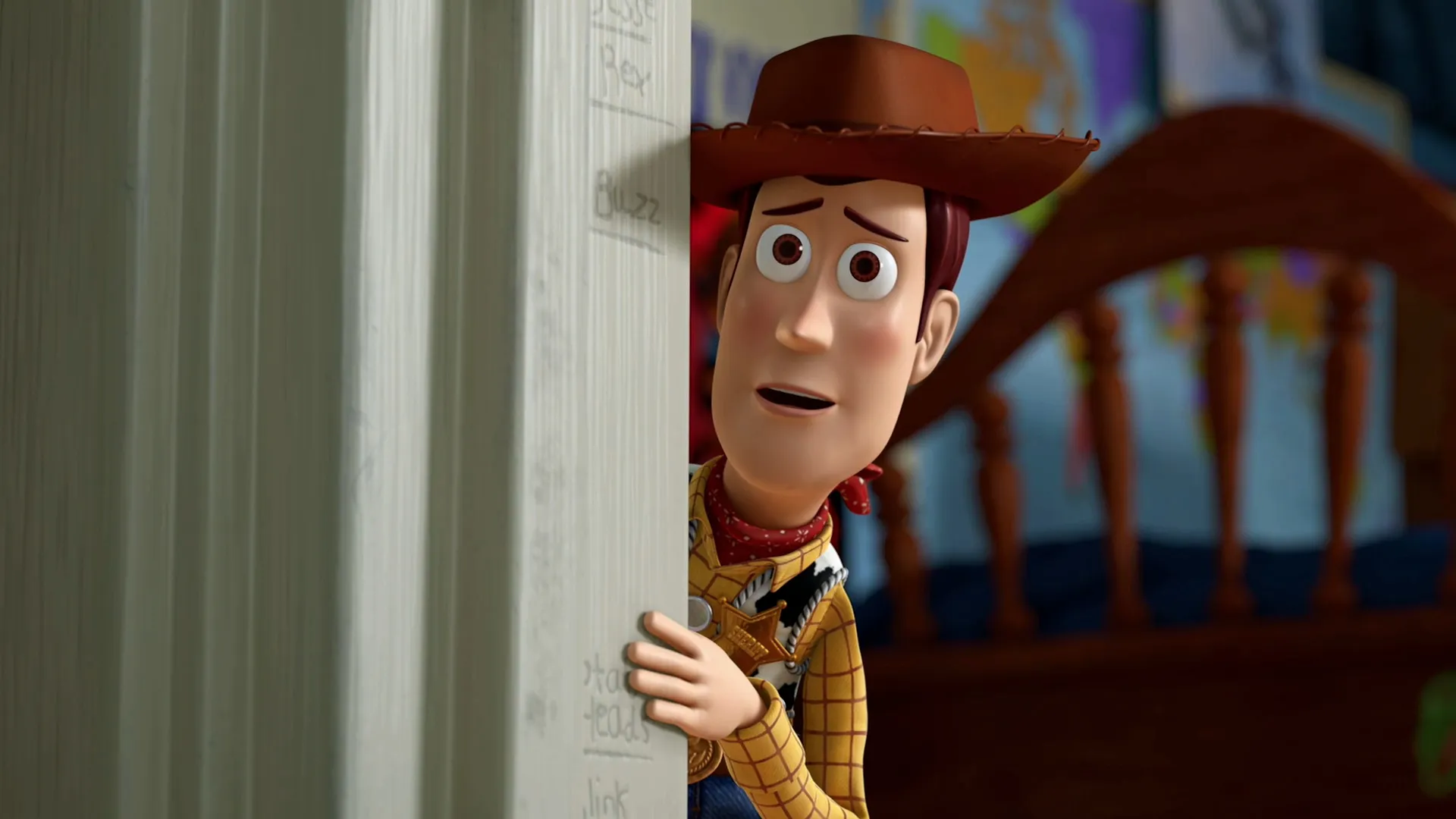 Source: Screenshot via Walt Disney/Pixar
Source: Screenshot via Walt Disney/Pixar5. Captain America: The Winter Soldier (2014)
When it comes to the Marvel Cinematic Universe, the Captain America films have turned out to be the best solo outings, which has come as a pleasant surprise. Captain America isn’t the coolest superhero around, but The First Avenger and The Winter Soldier have both made up for this by focusing on what makes Cap a great superhero (plus, it helps that Chris Evans was born to play the role). While The First Avenger is better than it has any right to be, it falls apart a bit in the second half with too many montage sequences and not enough of the first act’s strong character development. Its follow-up, The Winter Soldier, not only makes up for the first film’s shortcomings but is arguably the best Marvel film to date, which is quite the accomplishment for a film focused on a superhero who literally has the American Flag plastered on him. Really, you only need look at The Winter Soldier‘s accomplishments to understand the ridiculous hype for next year’s sequel, Captain America 3: Civil War; whether it can surpass The Winter Solider is another matter entirely.
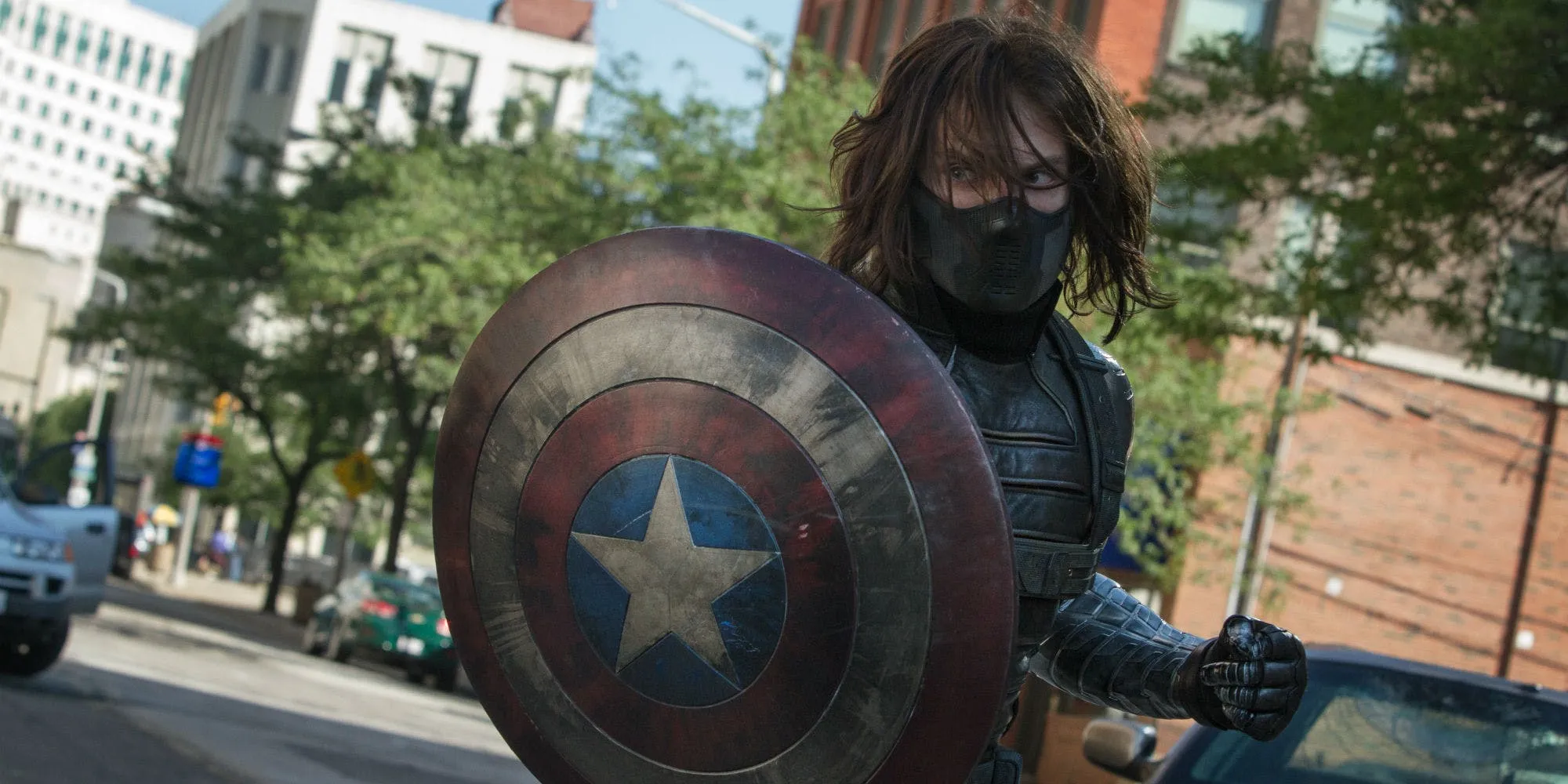 Source: Screenshot via Marvel Studios
Source: Screenshot via Marvel Studios4. Terminator 2: Judgement Day (1991)
The first Terminator film is a science fiction classic made by a young and ambitious James Cameron that helped make Arnold Schwarzenegger a mega-star. As groundbreaking as that film was, it was dwarfed considerably by the scale and spectacle of its sequel, Terminator 2: Judgment Day. Thanks to a huge boost in budget and advances in special effects technology, The Terminator went from being a small-scale cat and mouse film about a killer cyborg and its human prey to an innovative blockbuster that maintained and expanded upon the first’s thematic concerns surrounding technology paranoia and humanity’s destructive tendencies. Recasting Schwarzenegger as the good guy was a clever inversion of the first film and Linda Hamilton became one of the best female action stars of the era in her role as Sarah Connor. Plus, Terminator 2 somehow came up with a villain that was even better than Schwarzenegger’s original Terminator with the shape-shifting T-1000. The Terminator may have a low-budget charm on its side, but Terminator 2 is the film you’ll revisit again and again.
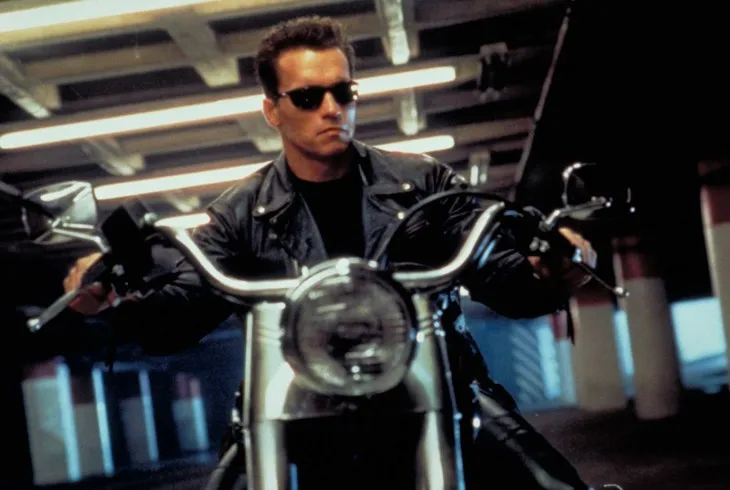 Source: Screenshot via TriStar Pictures
Source: Screenshot via TriStar Pictures3. Spider-Man 2 (2004)
Superhero films tend to nail the origin story, but trip up when figuring out where to take things next for a sequel (just look at Iron Man 2 and Thor: The Dark World for evidence of this). While X-Men gets tossed around as the film that kickstarted modern superhero filmmaking, Sam Raimi’s Spider-Man was arguably the best adaptation of a superhero that had ever been done up to that point (yes, including Tim Burton’s 1989 Batman) because it truly captured the essence of the character. As good as that first film is, it has its drawbacks (many sections drag and the Green Goblin suit looks horrendous). However, Spider-Man 2, which came along a few years later, is not only the best film adaptation of the character but still stands as one of the best in the genre. That’s primarily because it successfully expands upon Peter Parker’s (Tobey Macguire) story while giving him new and compelling challenges — both big and small — to tackle. If there’s one film the makers of the next Spider-Man should try and emulate, it’s definitely this one.
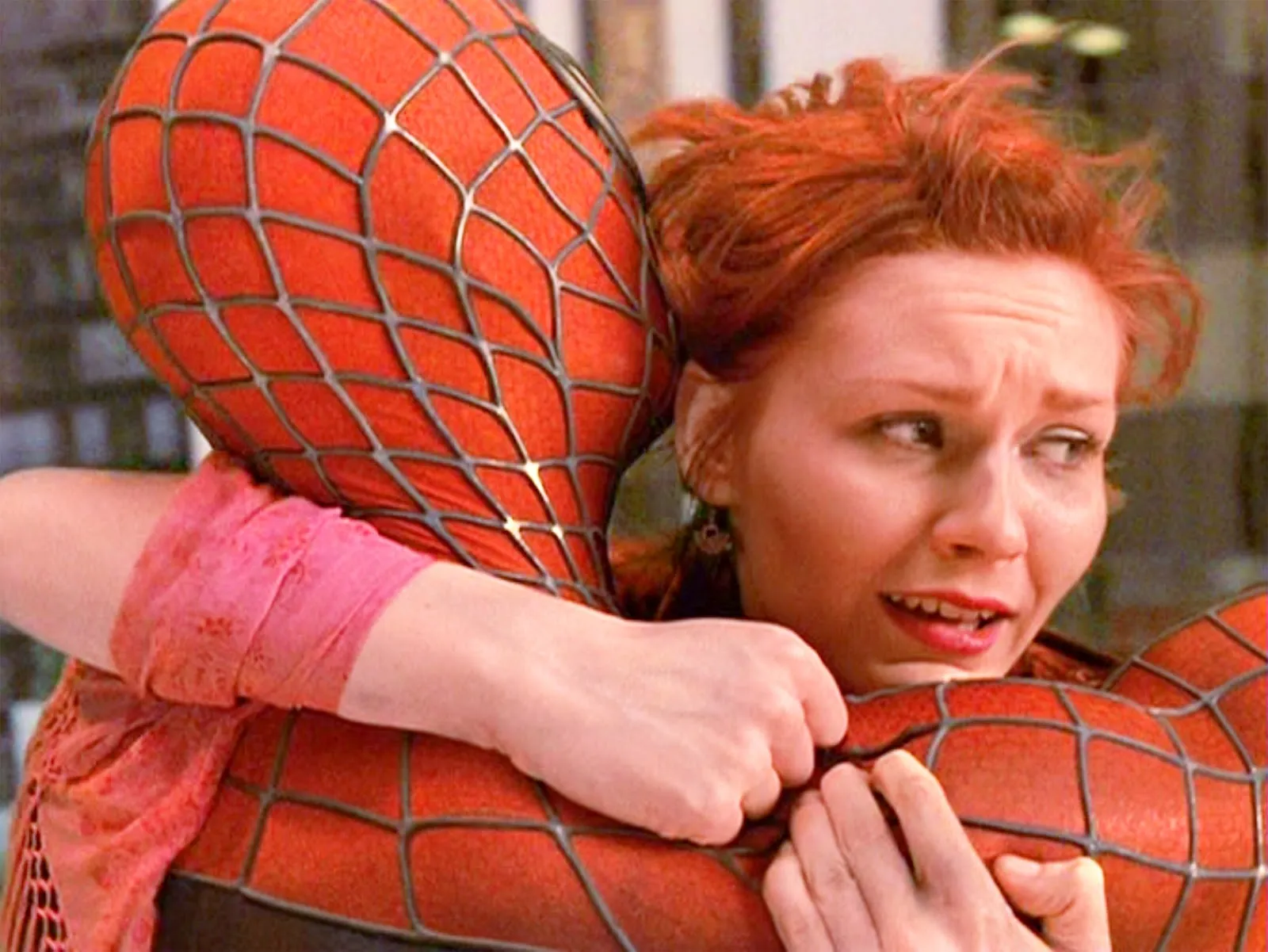 Source: Screenshot via Sony Pictures
Source: Screenshot via Sony Pictures2. The Empire Strikes Back (1980)
Star Wars fans fall into two camps when it comes to their favorite film in the series: they either love A New Hope or The Empire Strikes Back (there are no other options). While neither camp is wrong in their choice, as it’s like choosing between two different forms of filmmaking perfection, The Empire Strikes Back is arguably the better film because it maintains the spirit of the original while expanding the Star Wars universe and adding some darker elements for good measure. A New Hope is incredible but it simply can’t match the more ambitious storytelling of Empire. This is a film where the protagonists are not only put into serious conflict but actually lose to the film’s villains at the end. There are not many blockbuster films, even today, that would take that kind of storytelling risk. Plus, Empire has one of the greatest plot twists of all time that rocked the entire Star Wars universe to its core. Face it: when it comes to which Star Wars film The Force Awakens has to live up to this December, it’s Empire all the way.
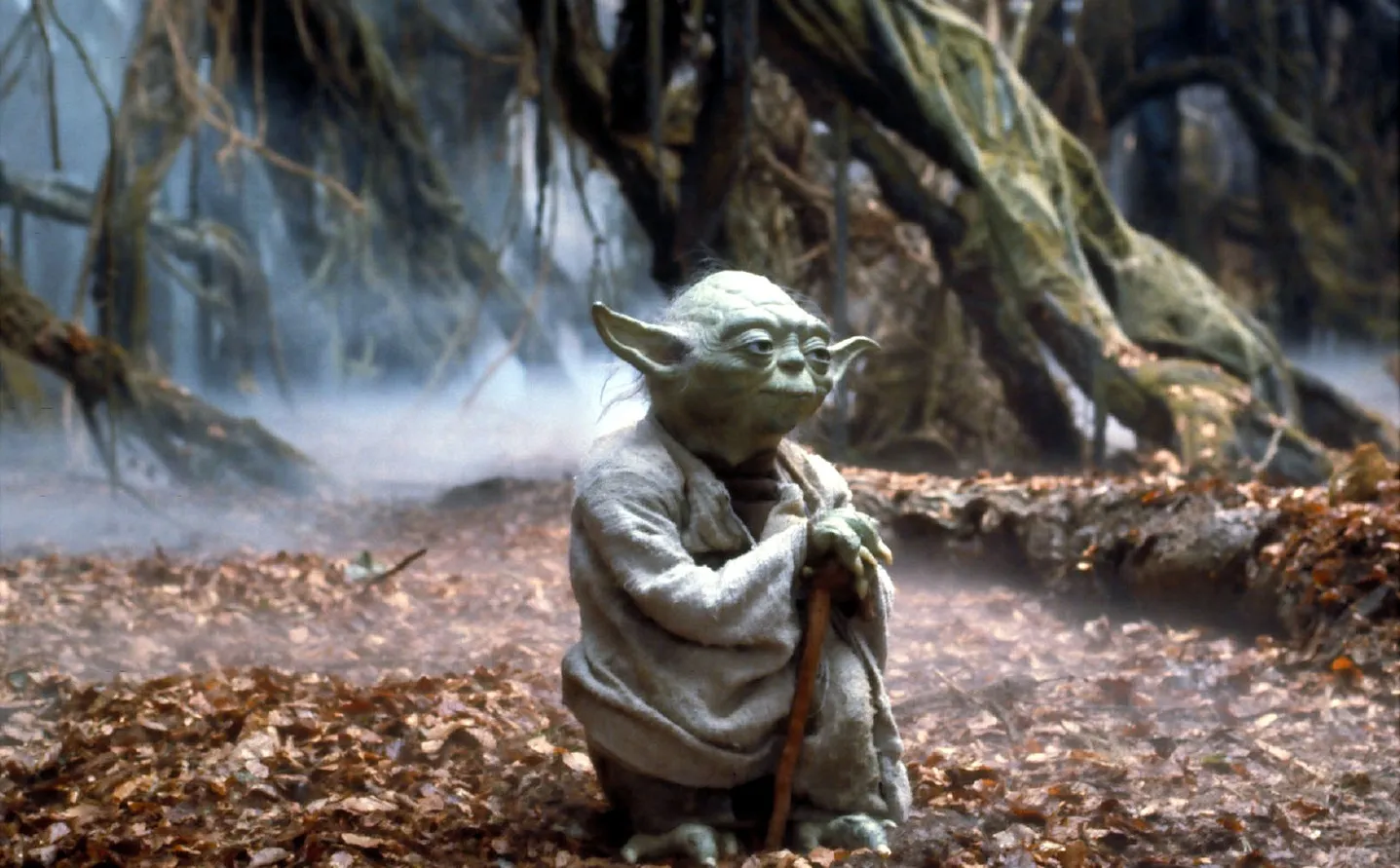 Source: Screenshot via 20th Century Fox/Lucasfilm
Source: Screenshot via 20th Century Fox/Lucasfilm1. The Dark Knight (2008)
Batman Begins was such an important film for not only the character but superhero films in general because it showed that they could be sophisticated character dramas grounded in the real world. How then did director Christopher Nolan follow-up the greatest Batman film ever conceived? By making an even better one. Setting aside all of the hype surrounding the film and the sudden death of actor Heath Ledger months prior to release, The Dark Knight stands out as probably the greatest film sequel of all time because it not only outdid its predecessor in practically every conceivable way, it was the only comic book film before or since that has been worthy of serious critical thought and analysis. If there had been more than five slots on the Academy Awards’ Best Picture ballot that year, you can bet you would have seen The Dark Knight on there. Ambitious, challenging, and featuring one of the most iconic performances from any film genre in the form of Ledger’s chilling turn as The Joker, The Dark Knight is the epitome of a sequel that outdid the original in every way imaginable.
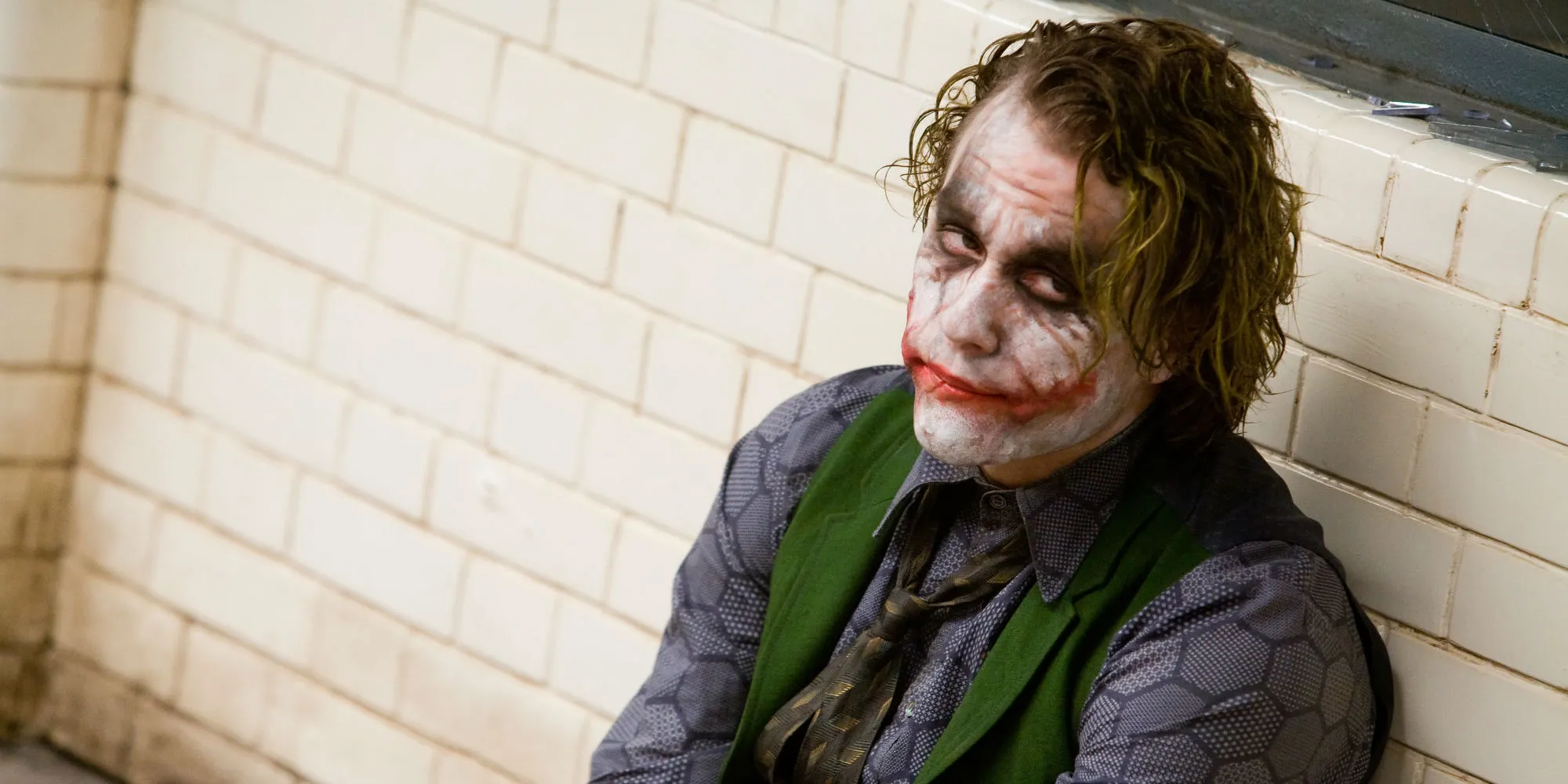 Source: Screenshot via Warner Bros.
Source: Screenshot via Warner Bros.